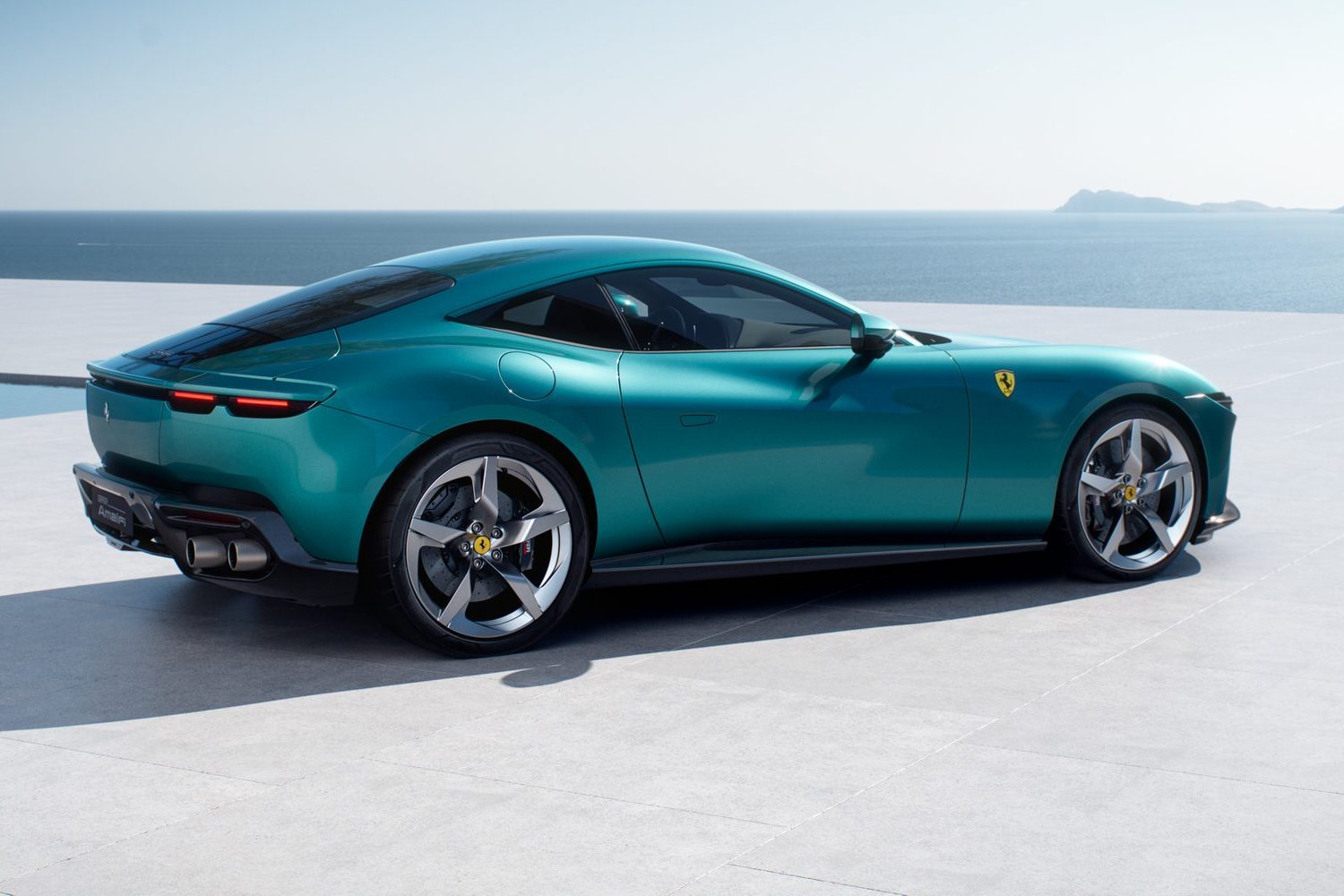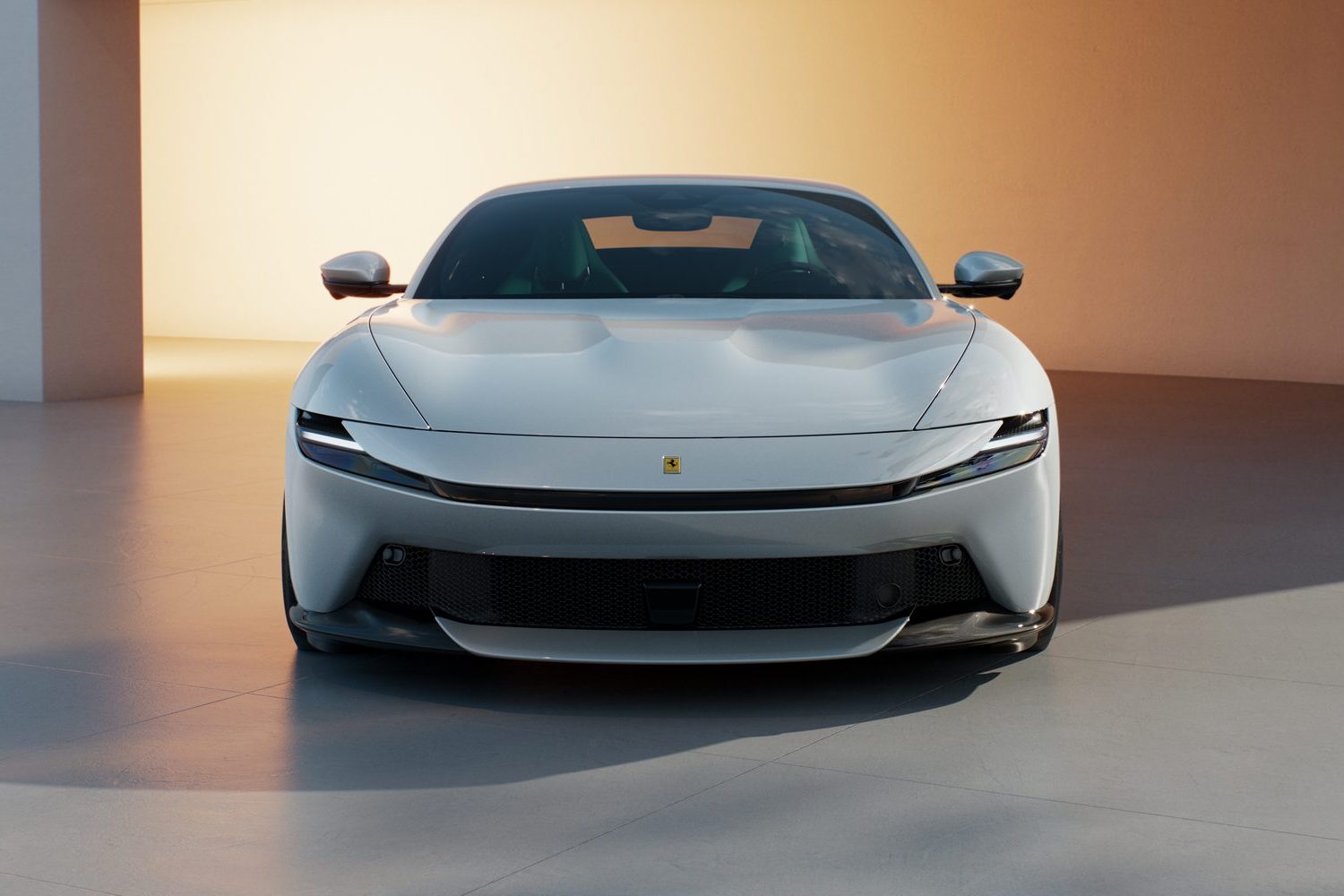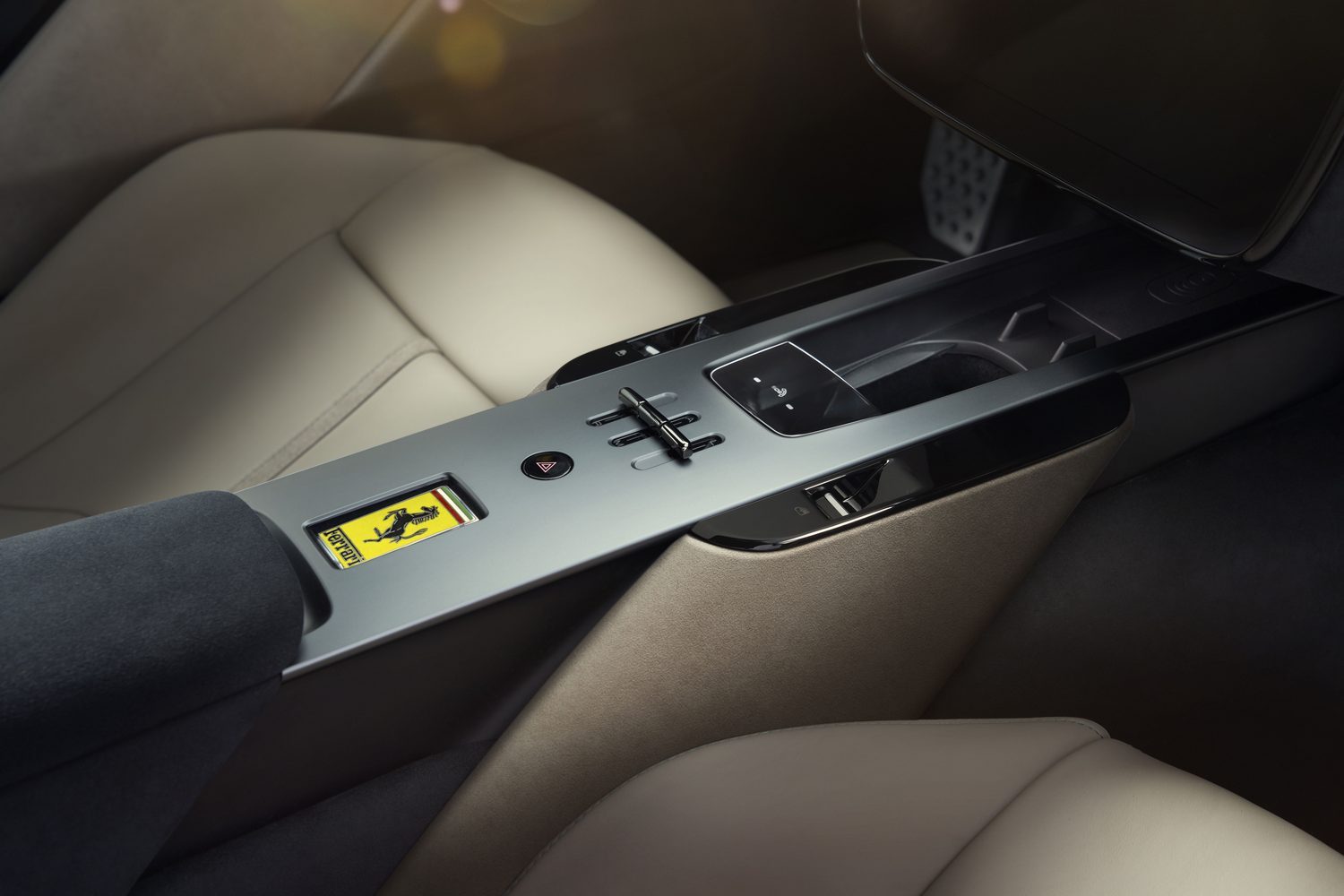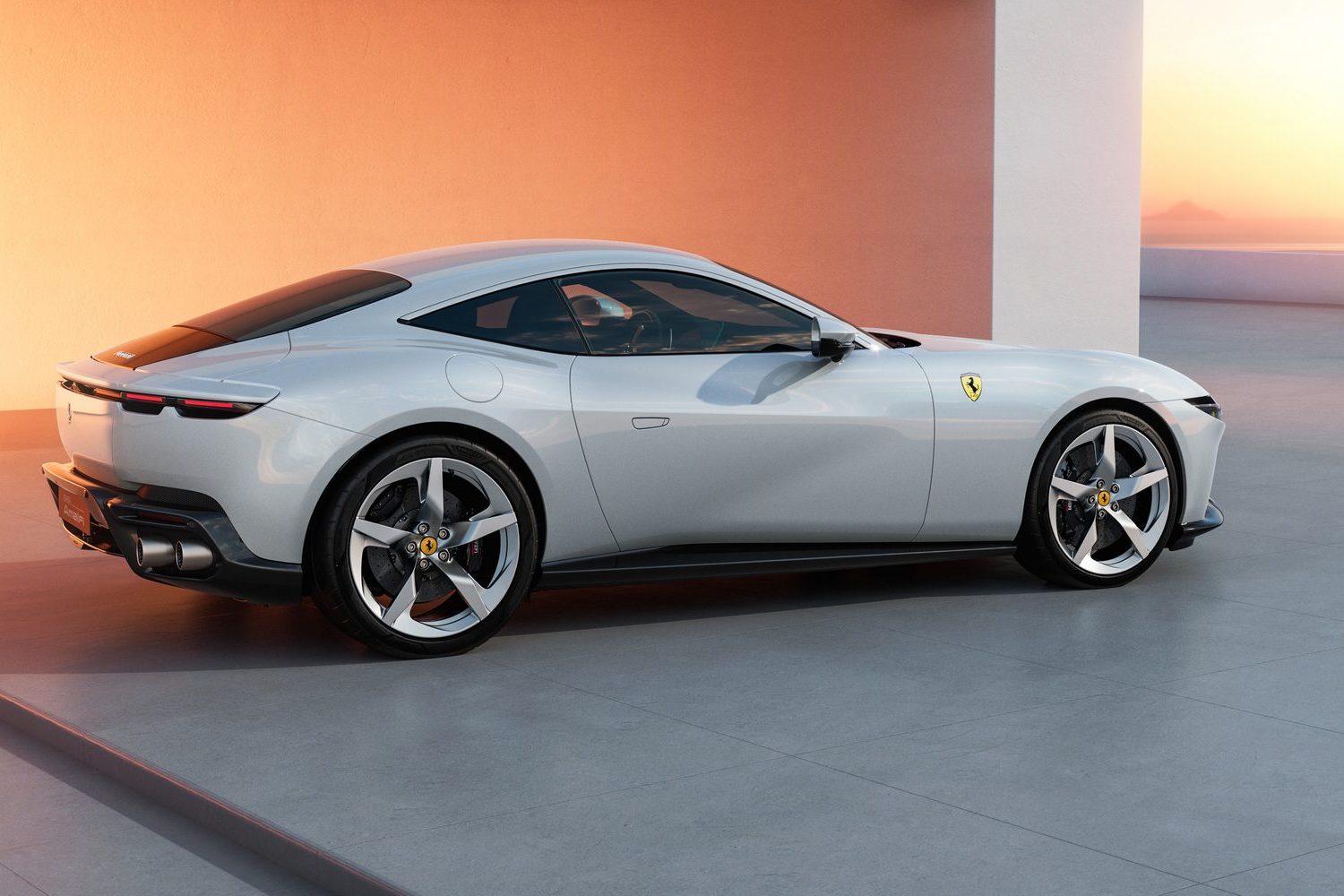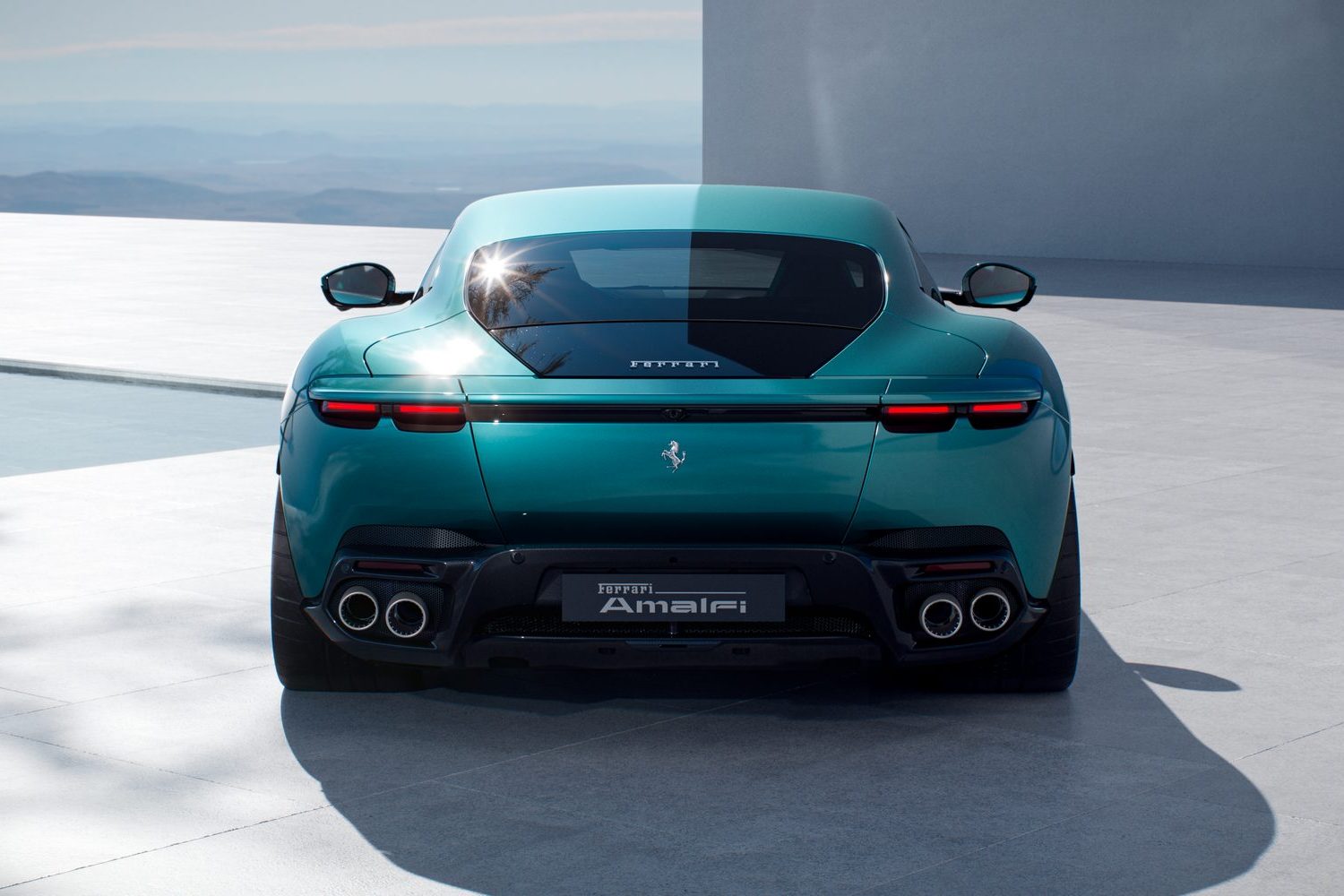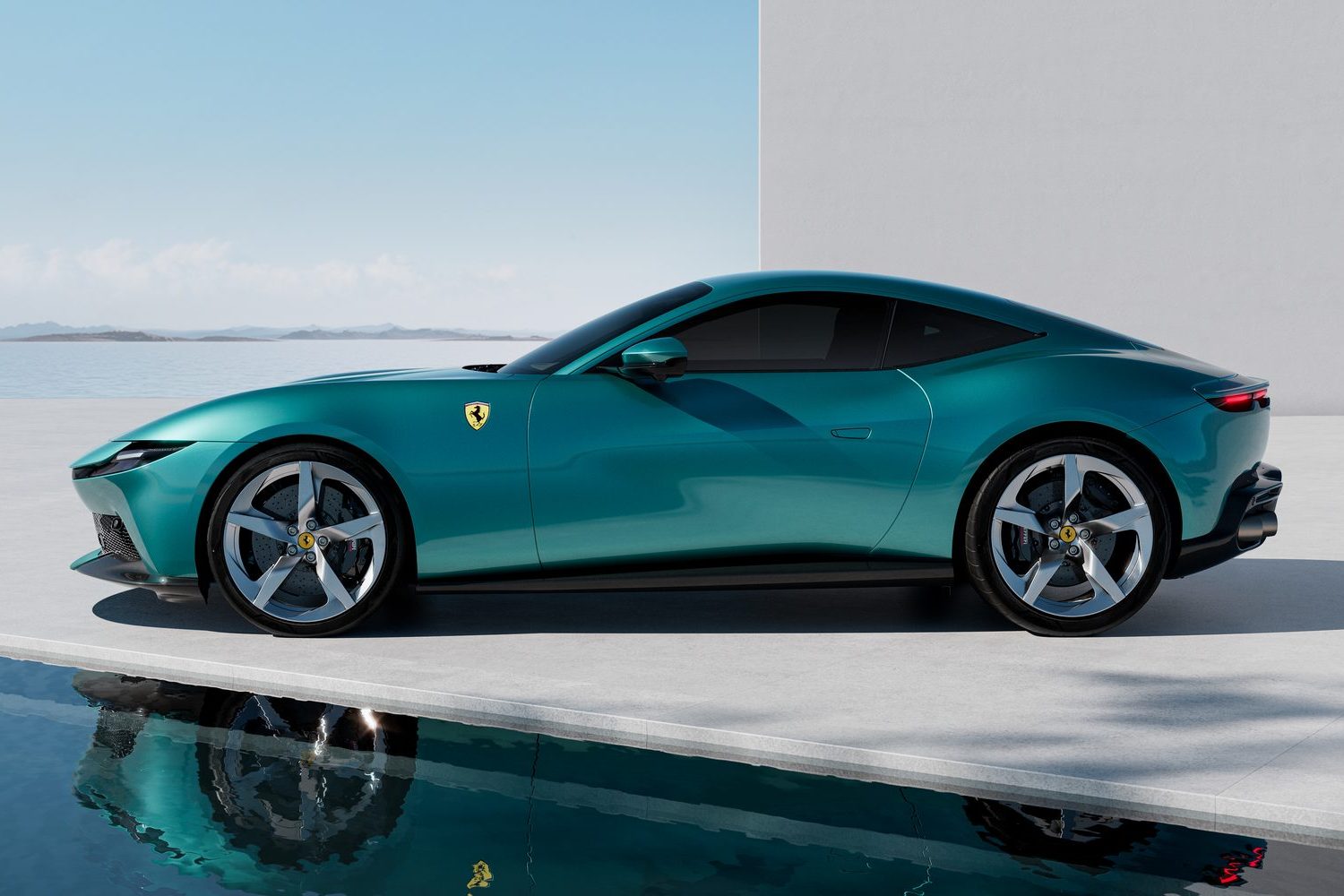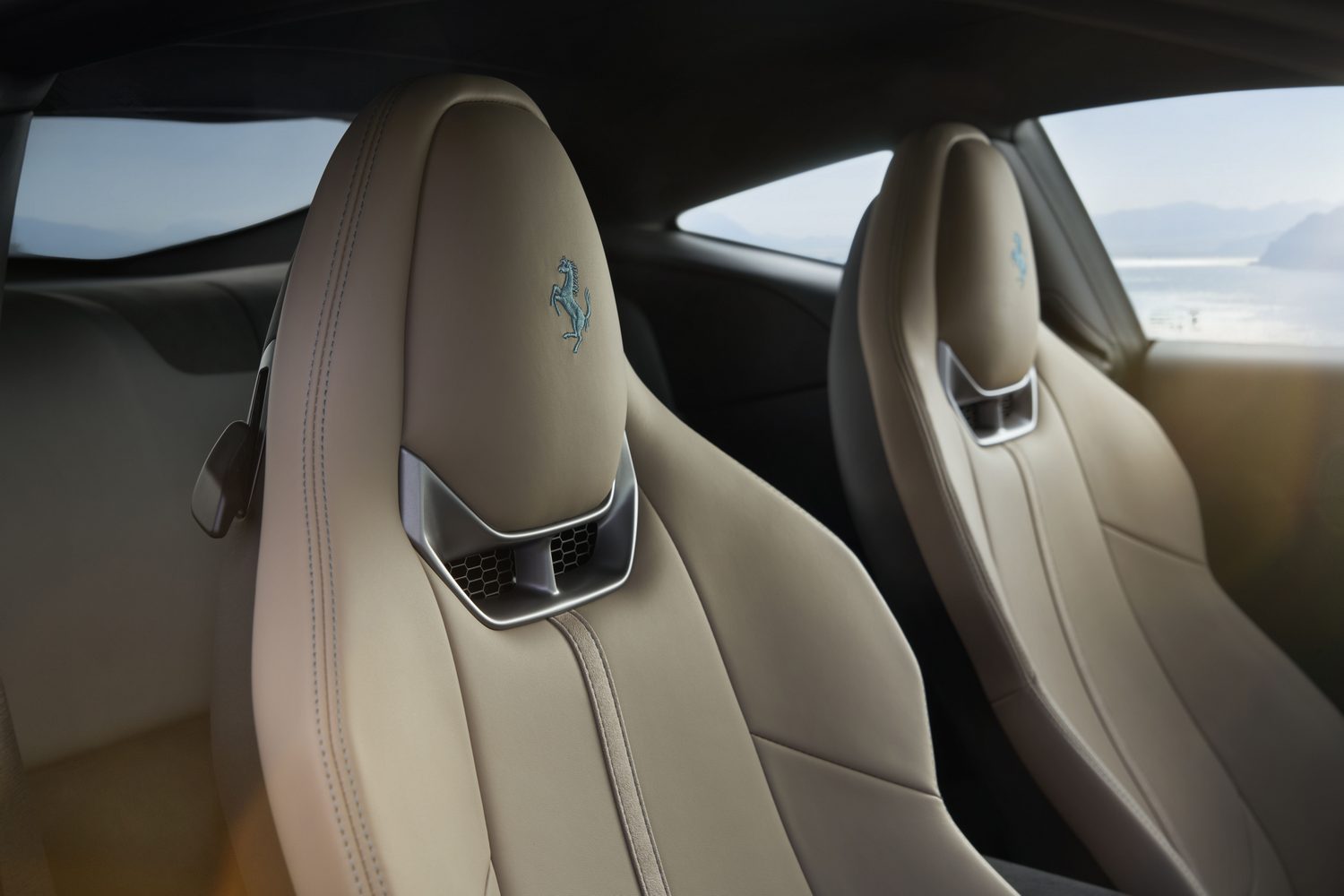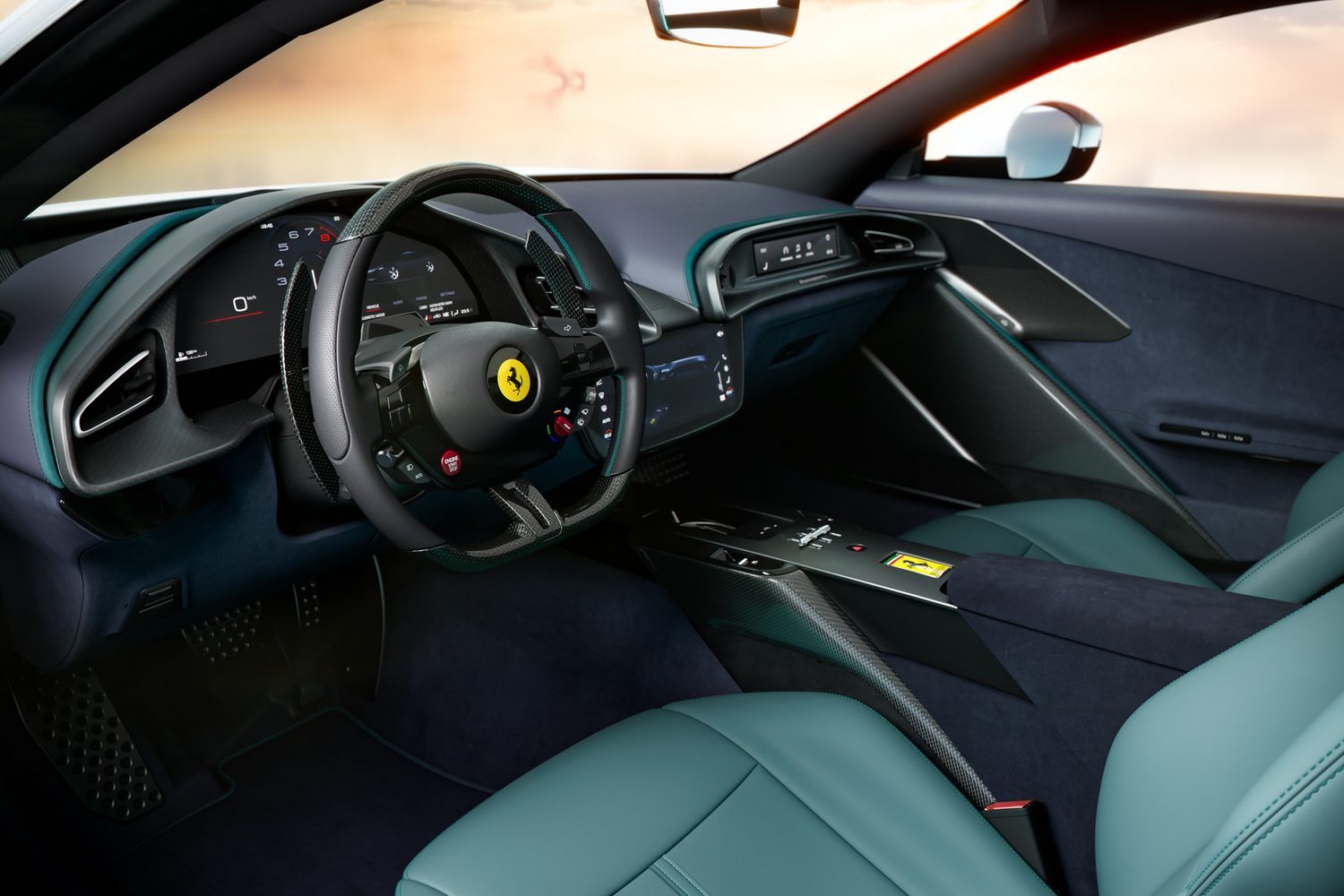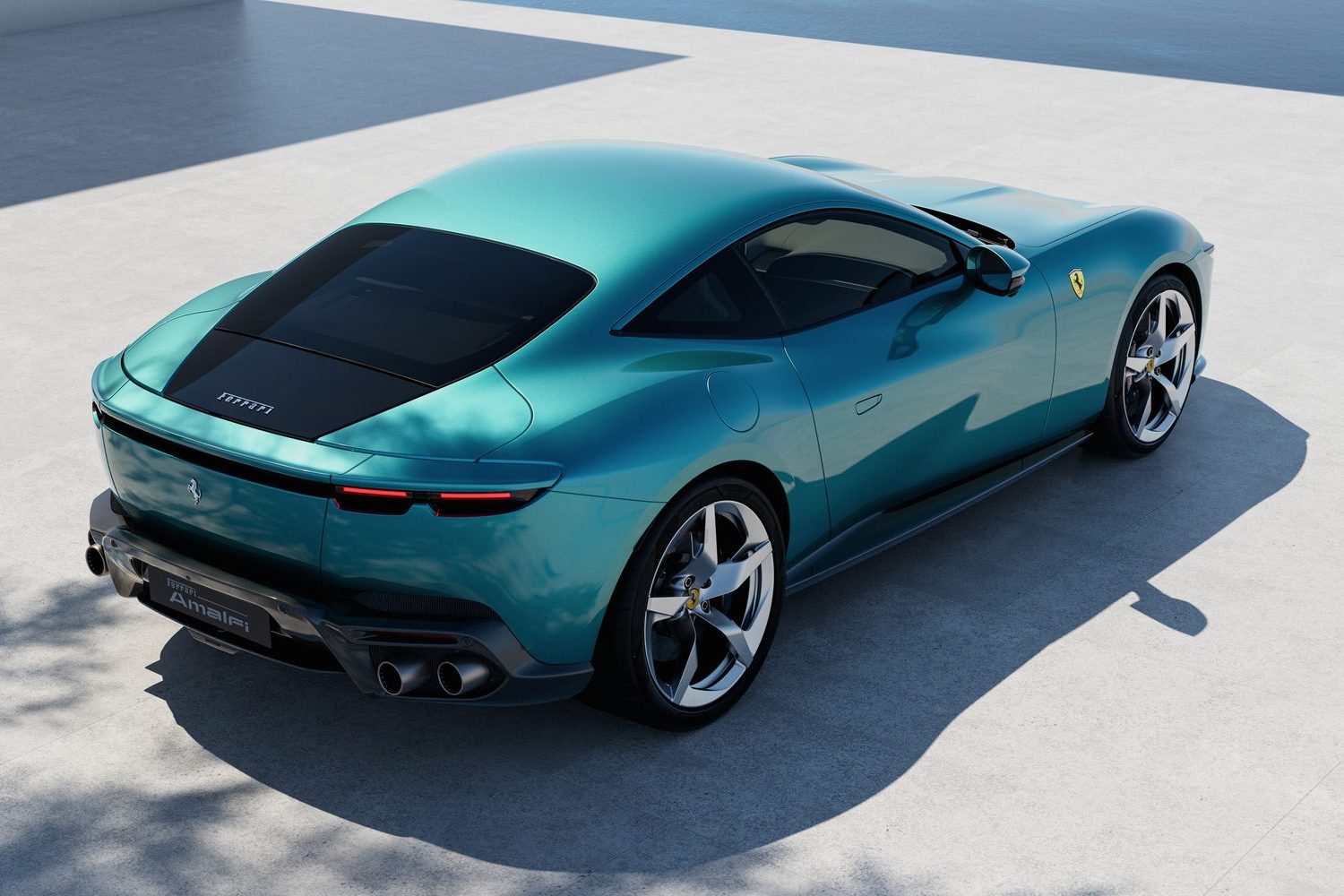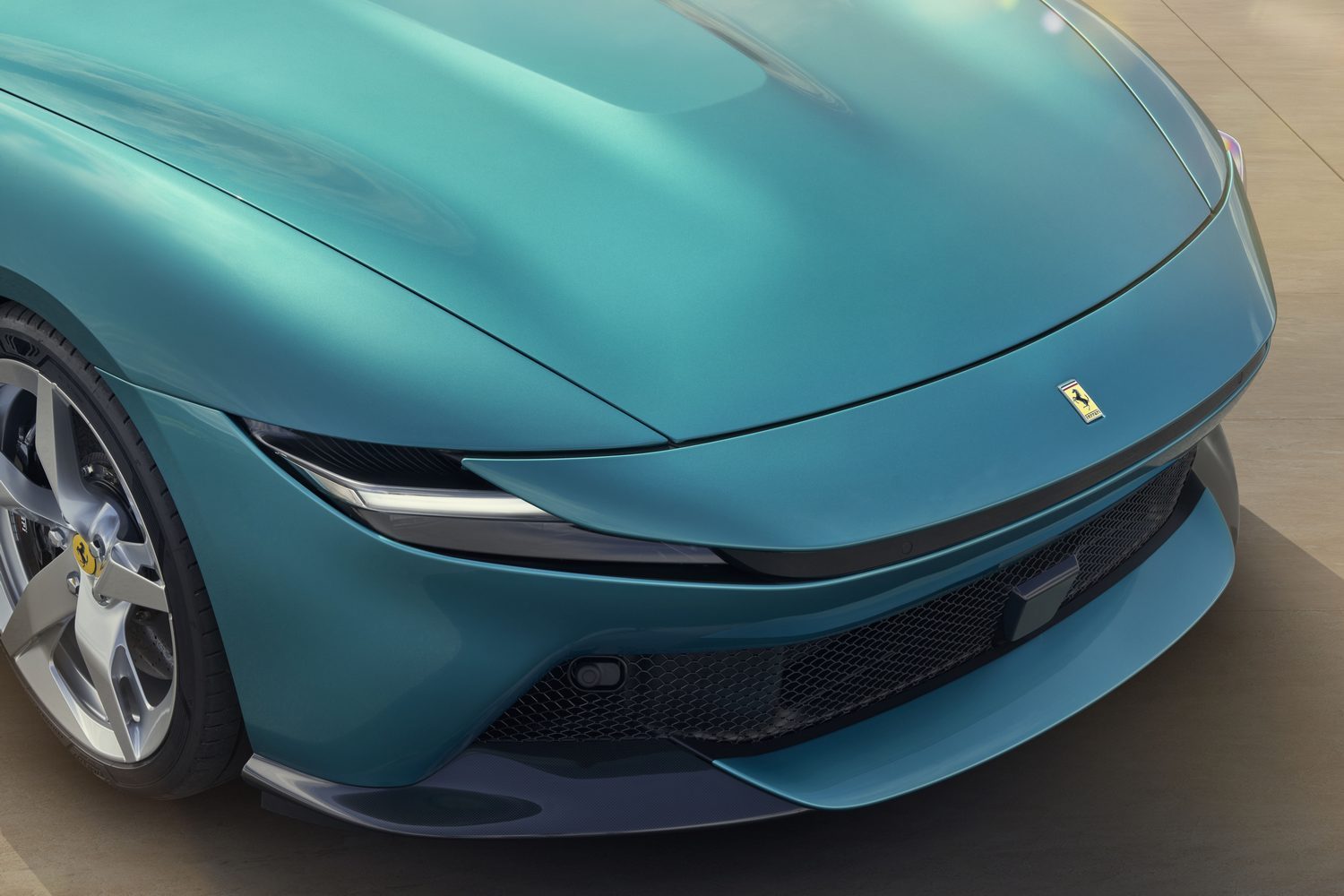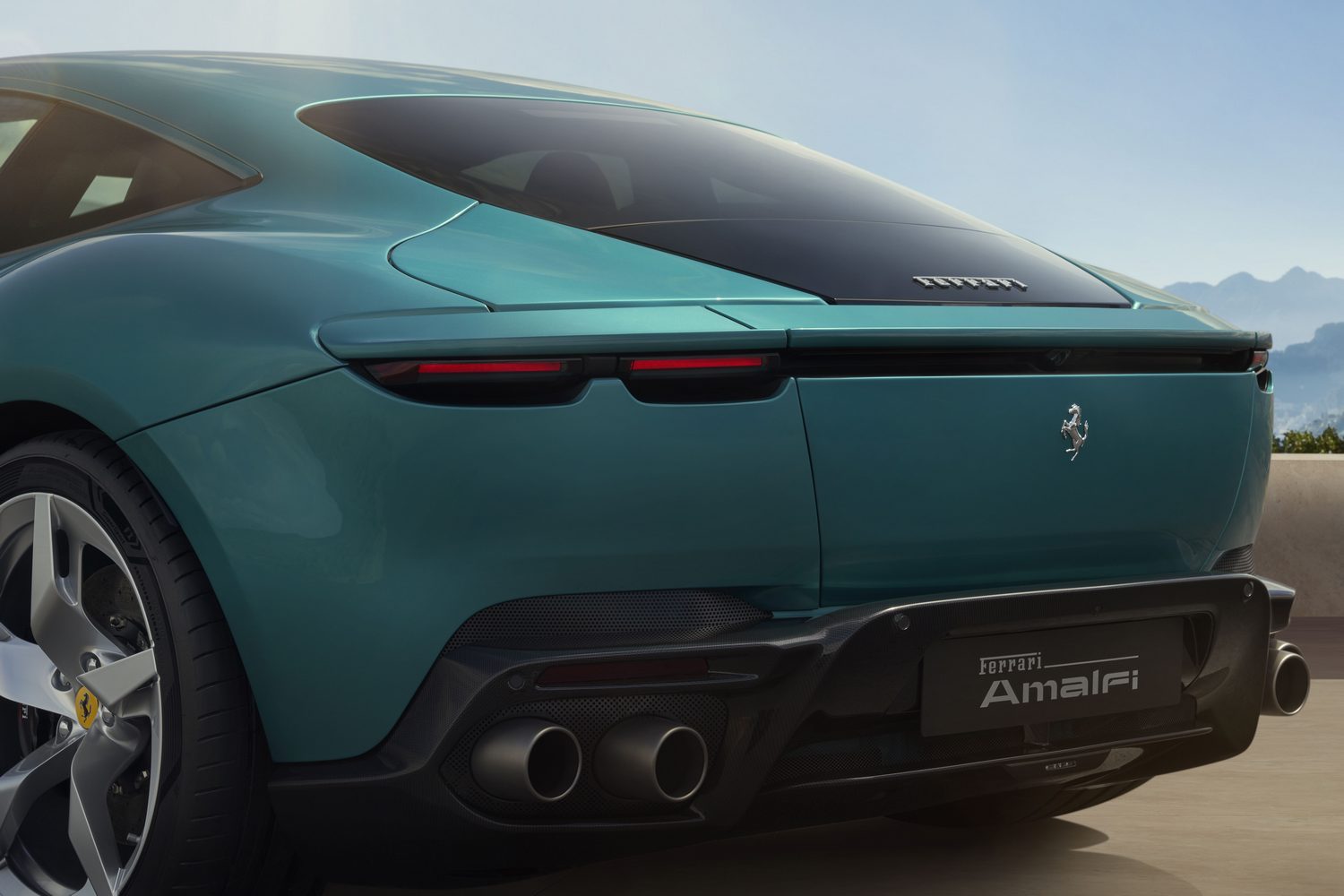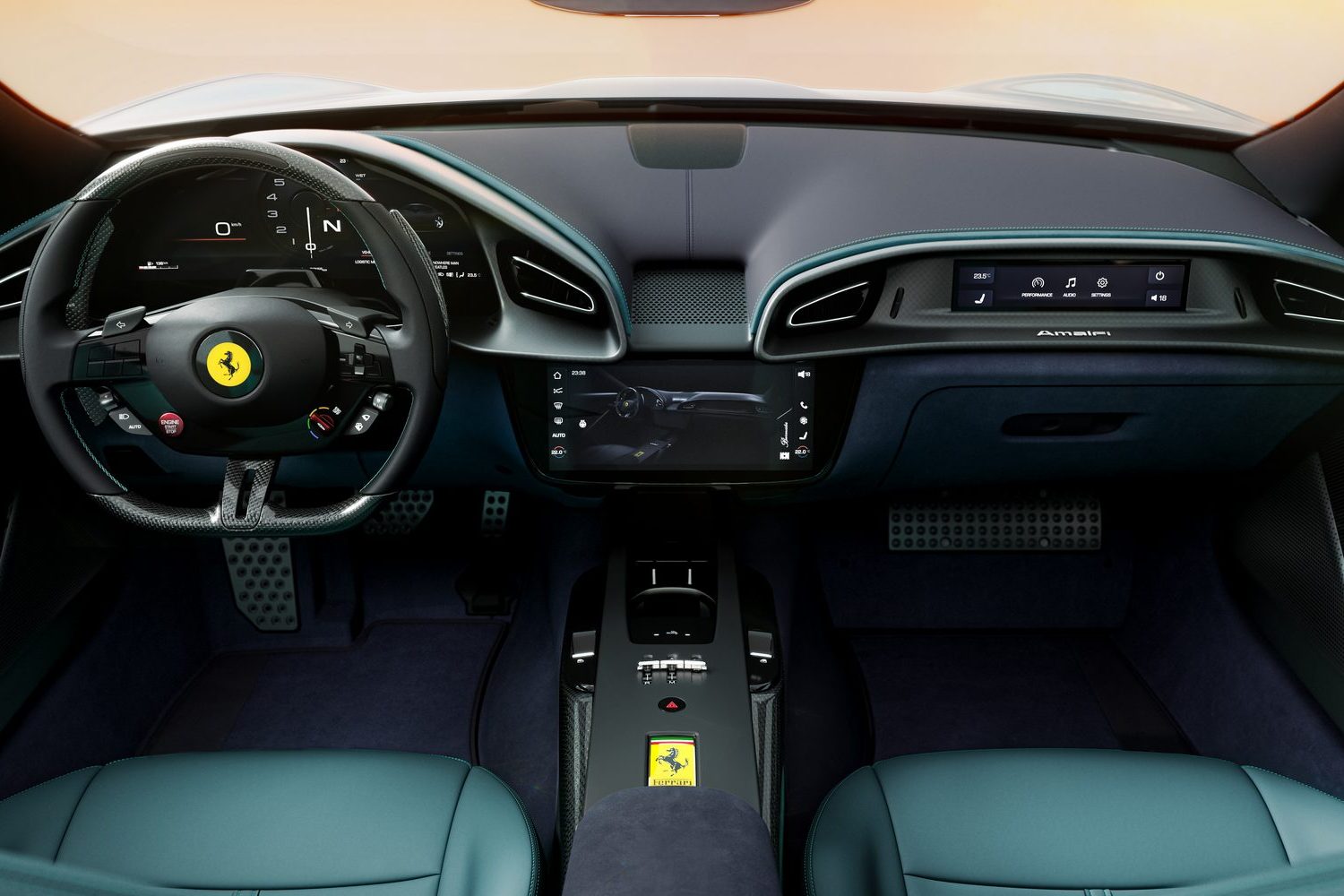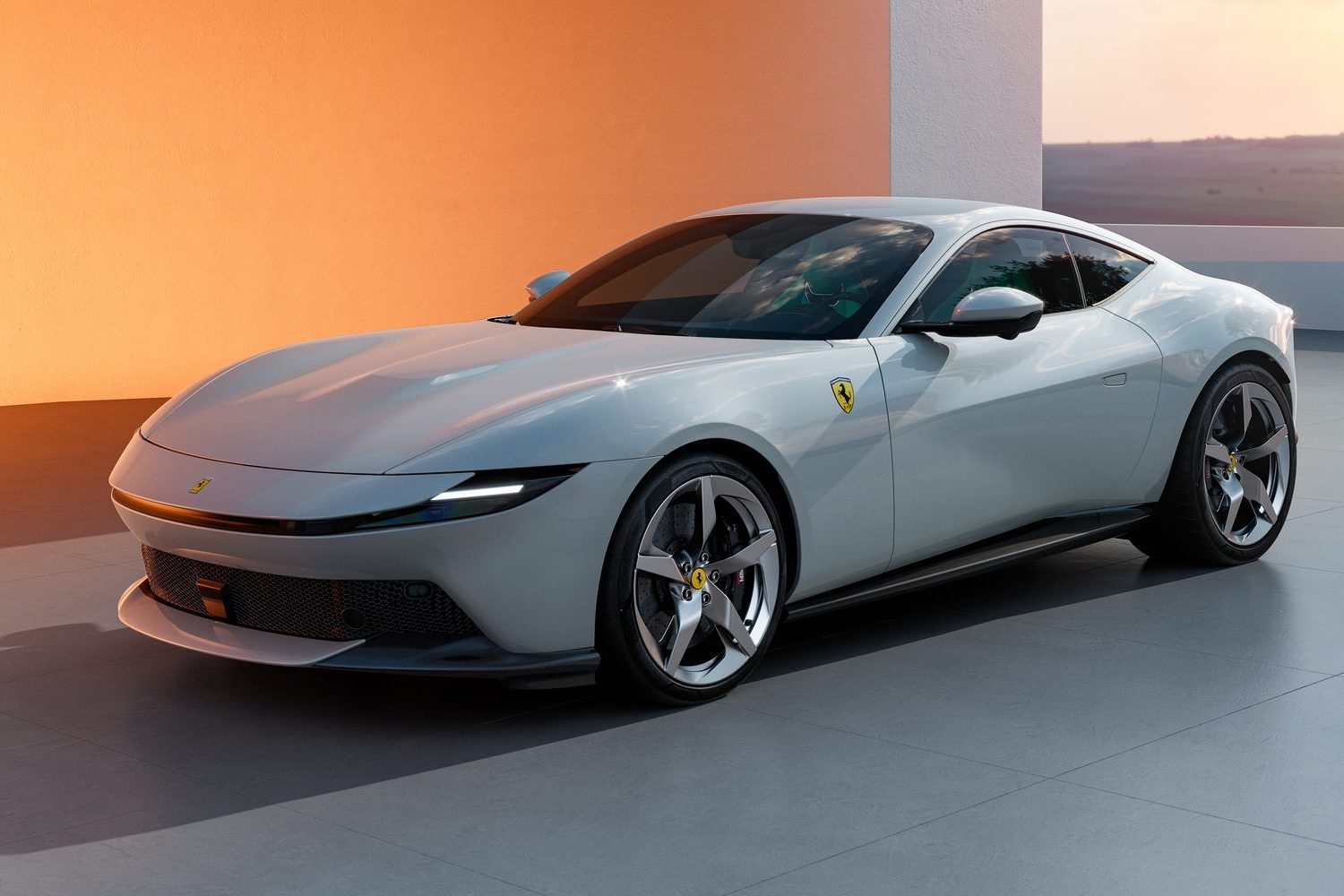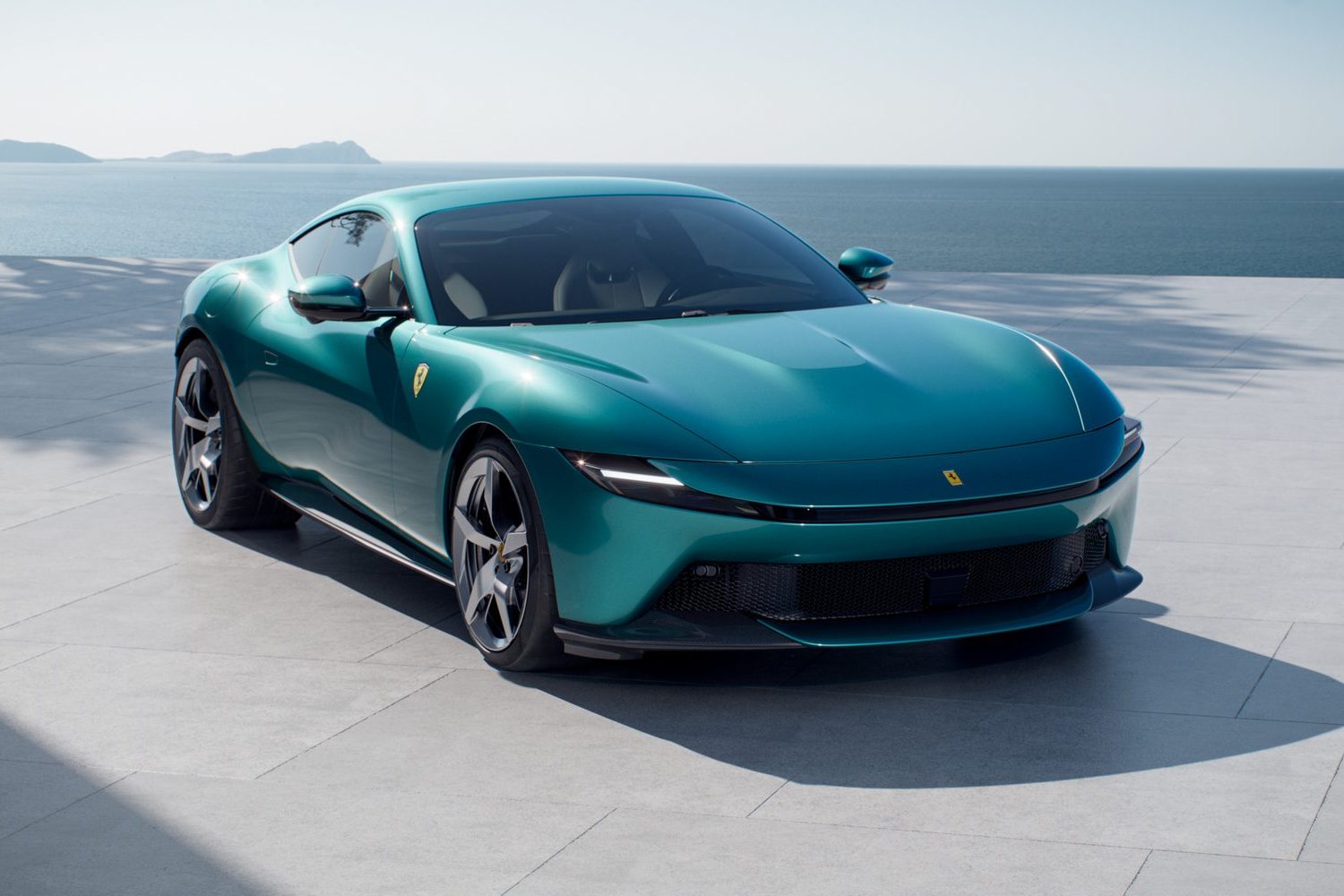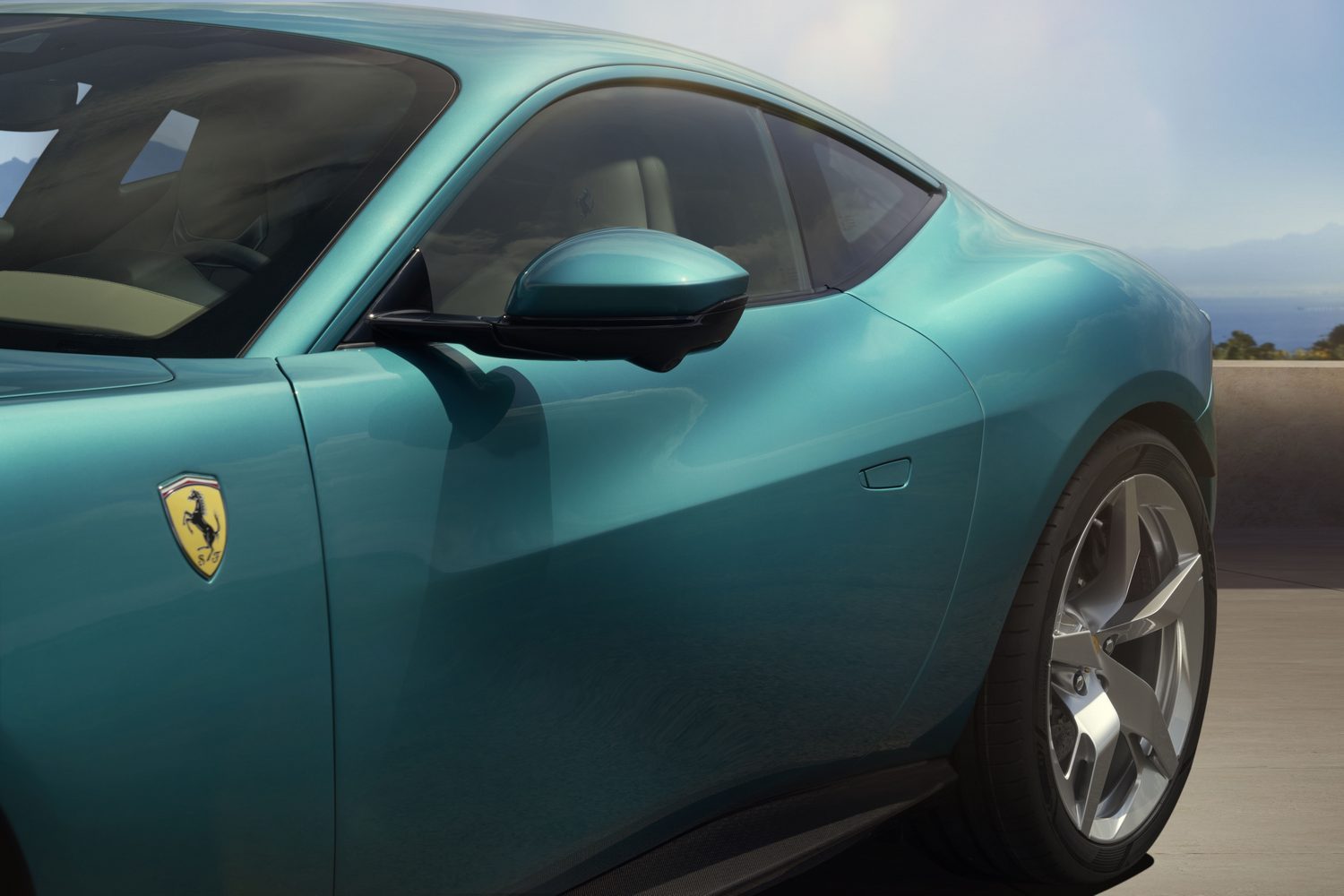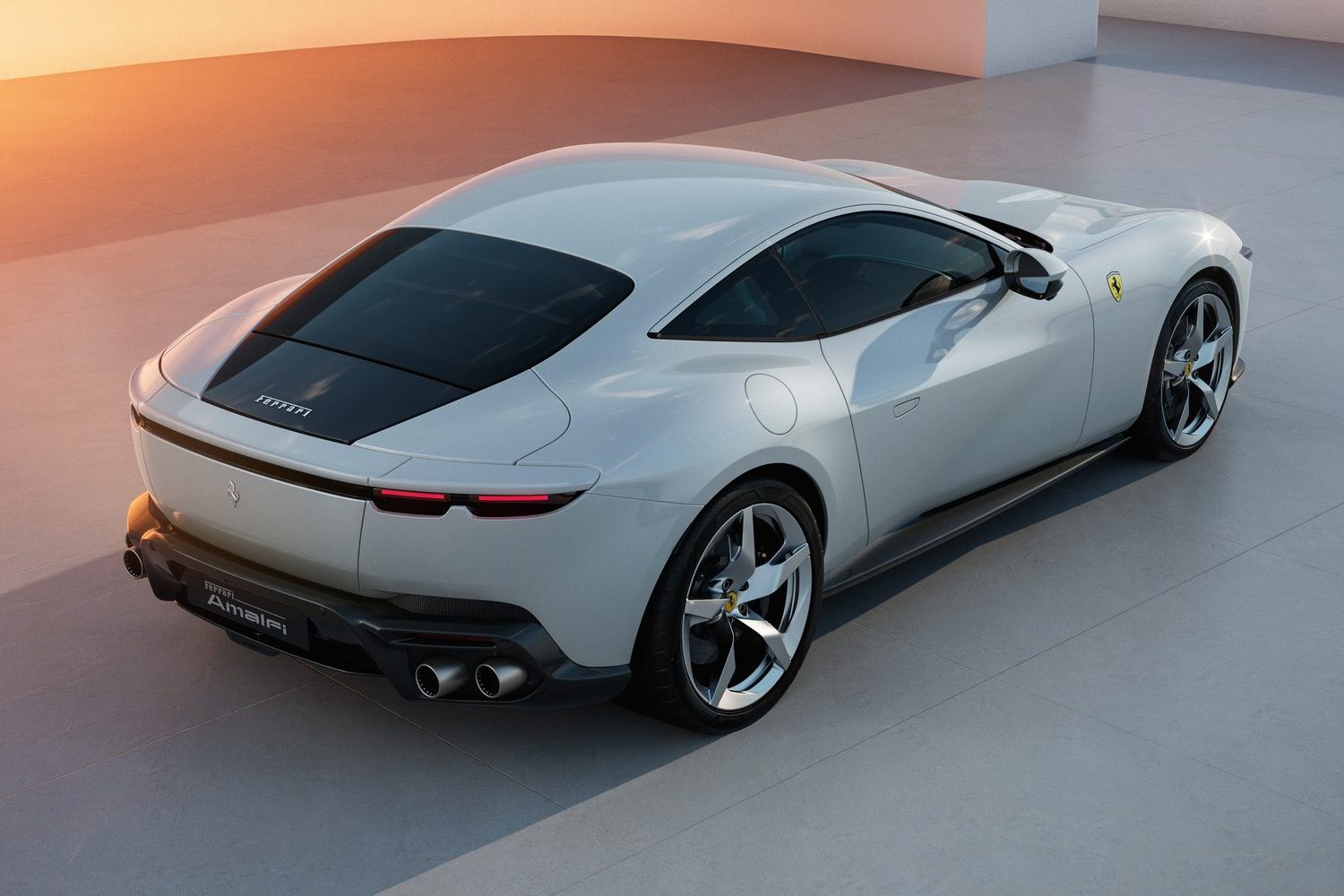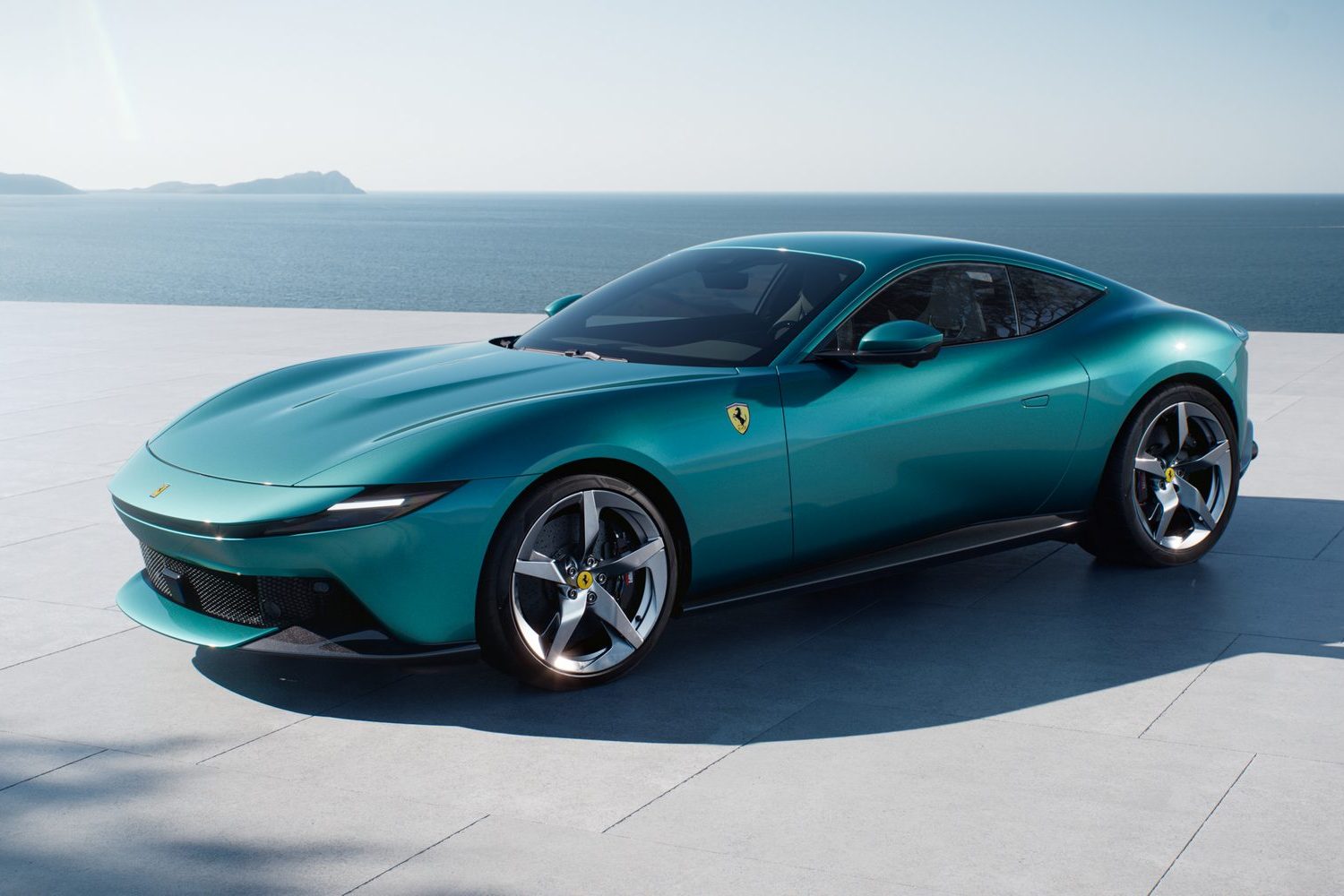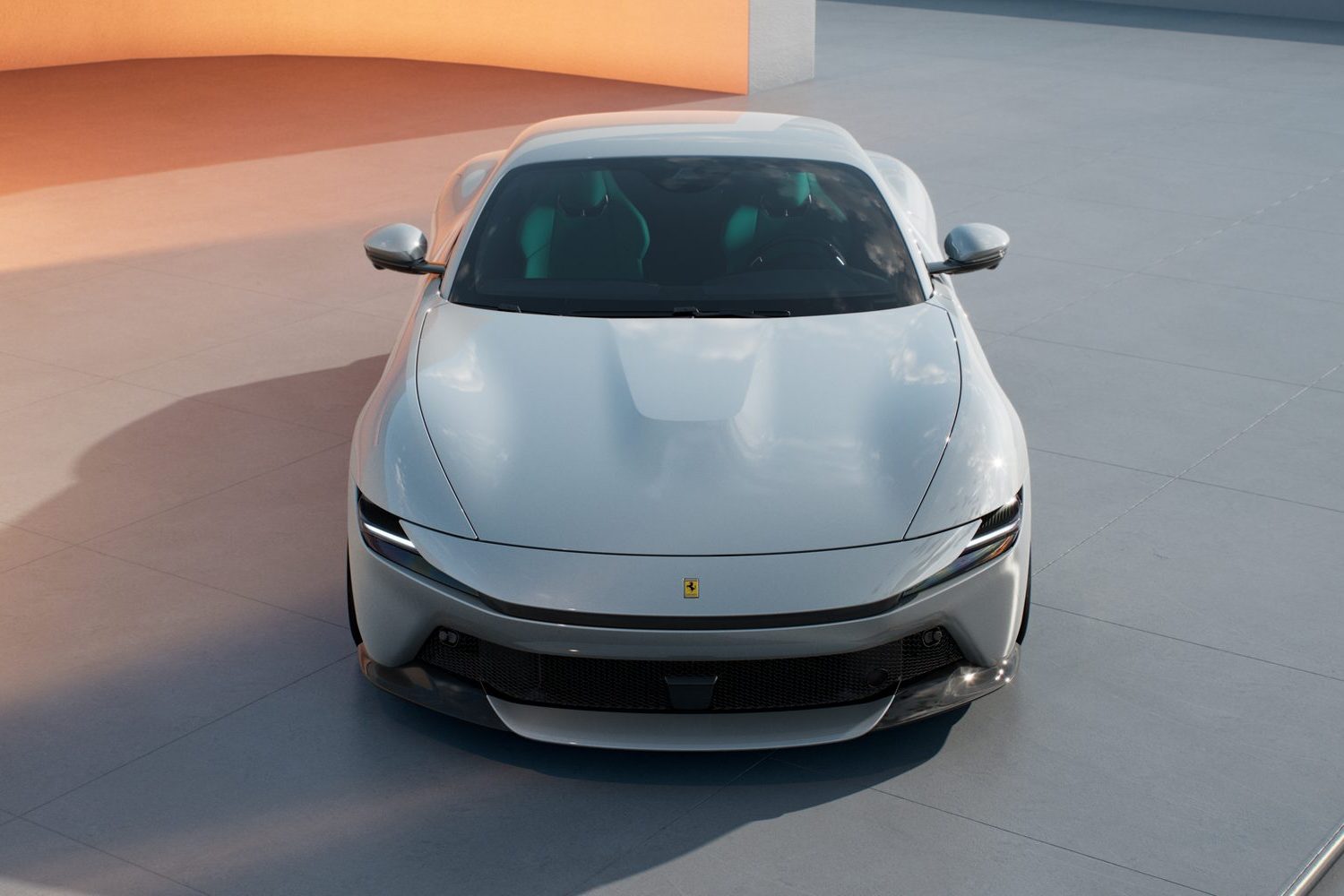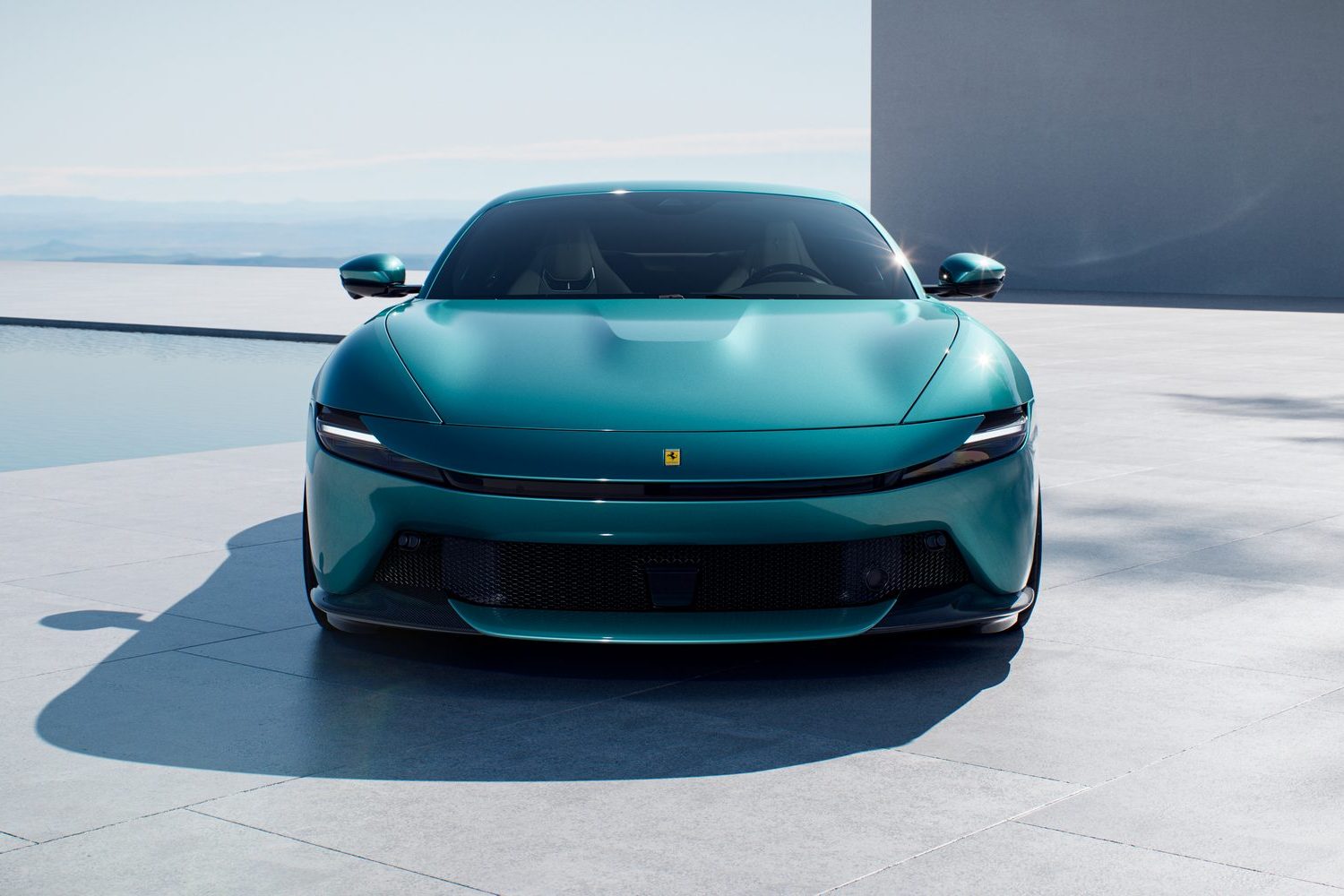The new Ferrari Amalfi takes over where its predecessor, the Roma left off. As before, it is a two-door, 2+2 coupe ostensibly representing the entry point to Ferrari ownership as a GT in the traditional Grand Tourer sense. The Amalfi gets a fresh look, a completely new interior, engine tweaks and a raft of technology upgrades to justify its new name.
Please tell us it still has a V8 under that long bonnet...
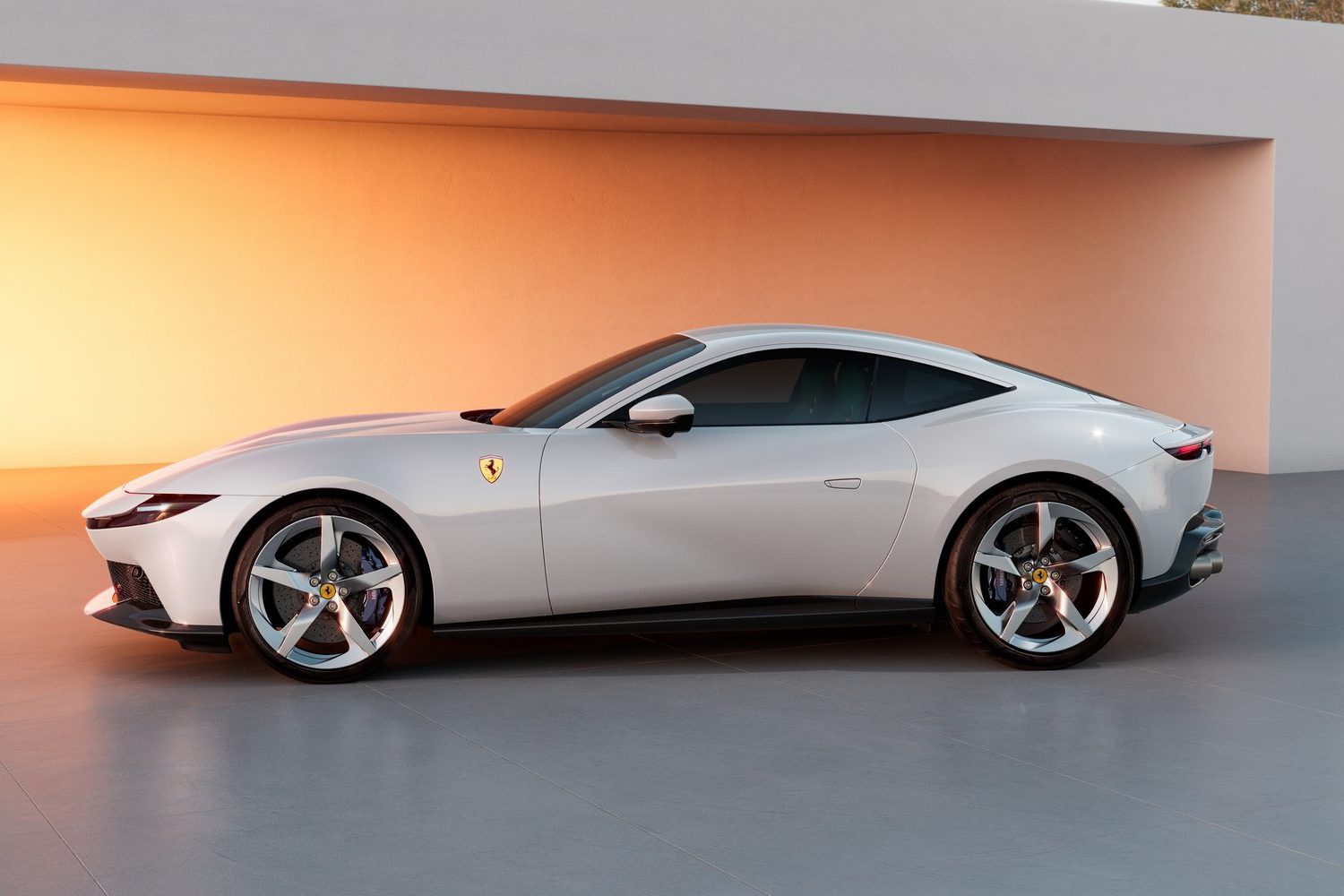
I'm happy to report that yes, it does. In fact, not a lot seems to have changed in the twin-turbocharged 3.9-litre V8. Not that Ferrari's powertrain engineers will like me saying that given they've squeezed another 20hp out of the unit - taking peak power to a heady 640hp - while raising the redline to 7,600rpm so drivers can luxuriate in the V8's scream for longer. It still uses a flat-plane crankshaft, while the camshafts and cylinder block have been lightened.
As before, the V8 is bolted to Ferrari's eight-speed, dual-clutch gearbox with multiple modes of operation, and that has come in for some revision as well. It sends power to the rear wheels only for a 0-100km/h time of just 3.3 seconds. That's a tenth of a second quicker than the Roma managed and for the Top Trumps nerds among us, the top speed is claimed to be 320km/h.
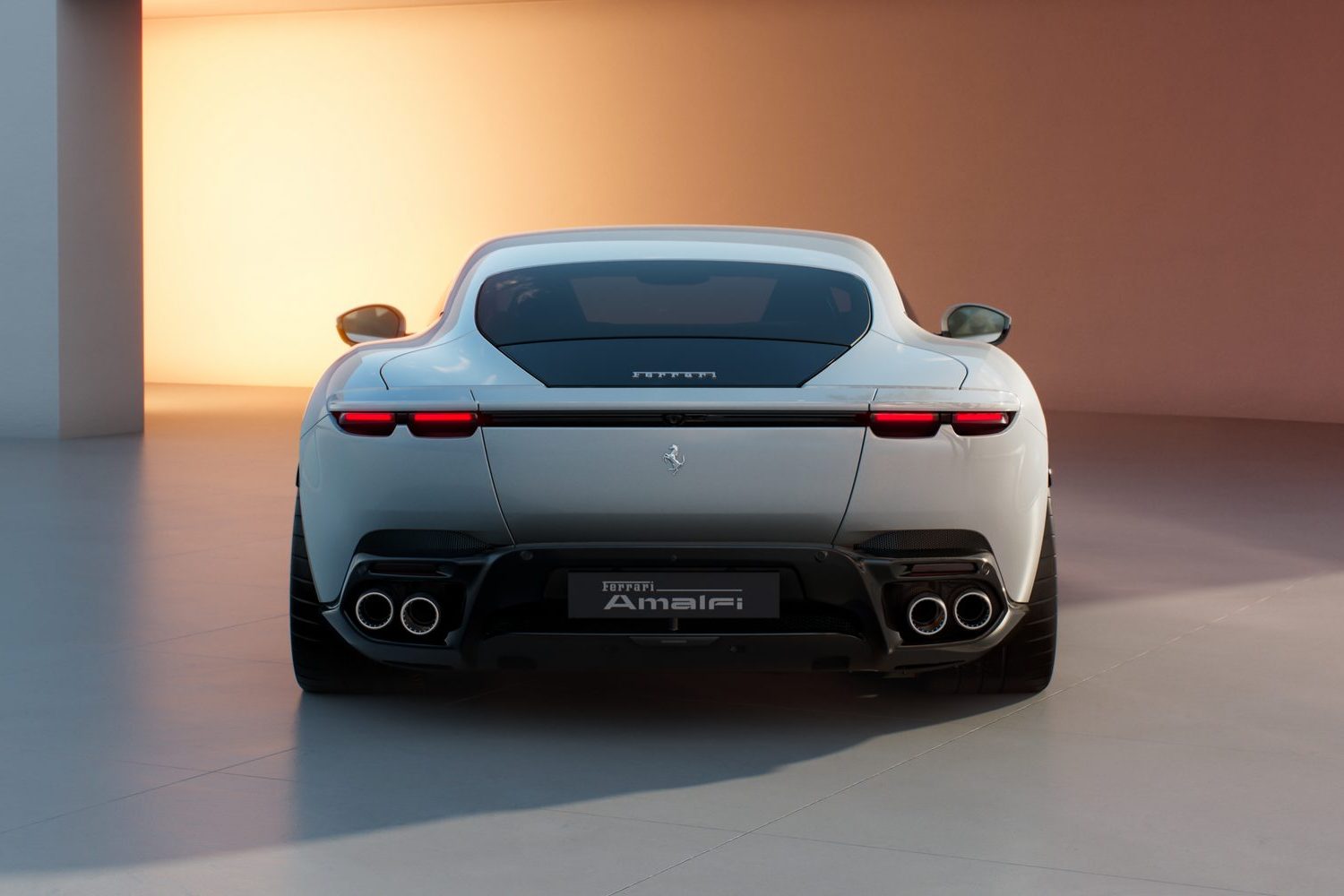
Doesn't sound very 'entry-level'...
Ever has it been at Ferrari, and the Amalfi usurps its predecessor by adopting all the latest technology from the Italian company's other models, including an advanced brake-by-wire system called ABS Evo (which is far more than just an anti-lock-braking feature), the latest Side Slip Control programming, a 6D sensor and even a grip estimation setup using the electric power steering and other data to calculate the “tyre-to-tarmac grip levels”. Apparently, it does this even when the car isn't on the limit and in all driving modes.
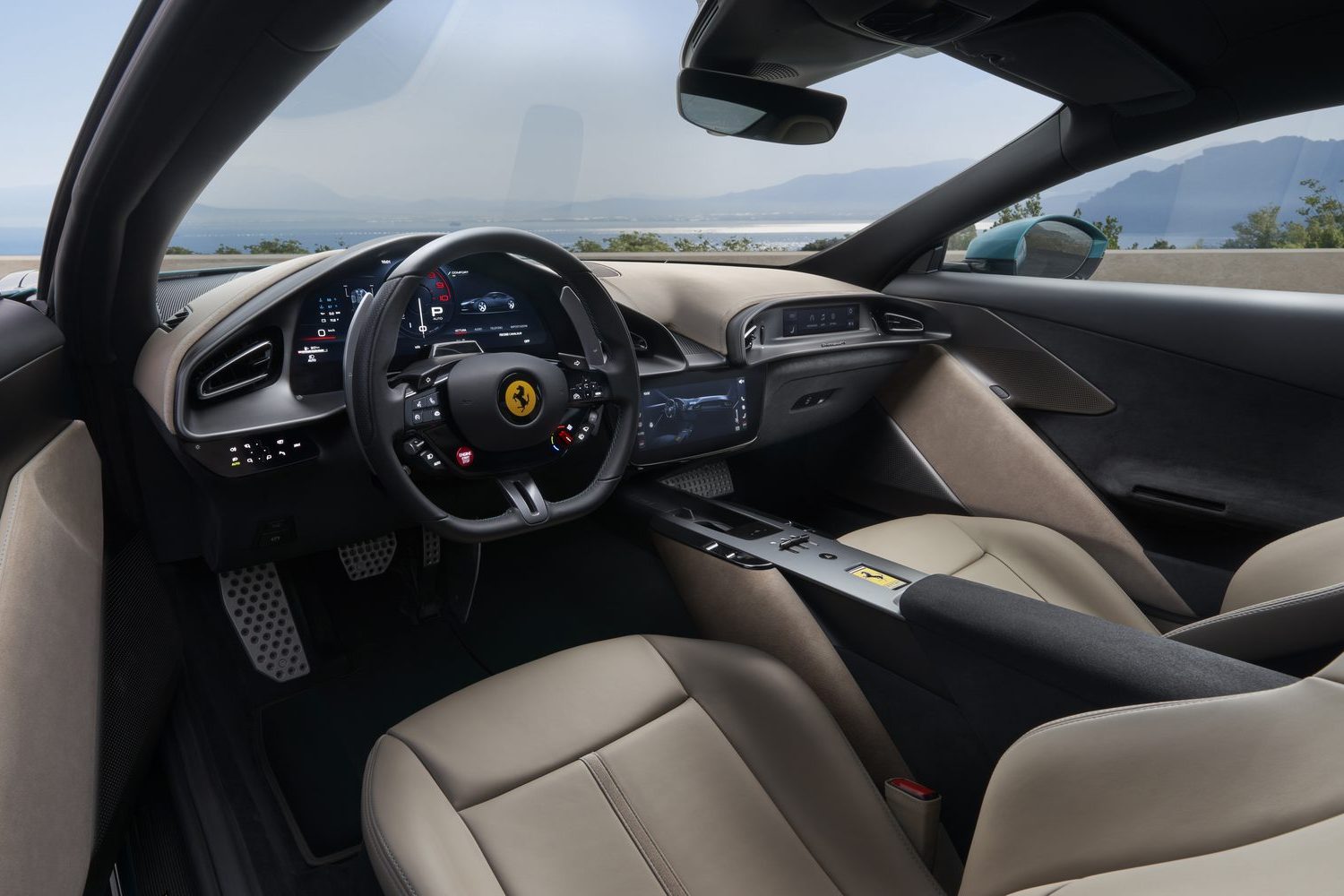
I see the Manettino is intact, and praise be, the start button is back!
Indeed, and we'd like to take partial credit for Ferrari's decision to redesign the steering wheel. While we loved the Roma's rim and massive, tactile gearchange paddles, we found the touch-sensitive start-stop pad underwhelming, but Ferrari has seen sense and brought back a proper, physical engine-start button, made of aluminium no less. It ignored our criticism of the buttons used for indicators though, I notice.
Behind the new wheel - we dig the classy new contrast stitching by the way - is a smoother and better-integrated dashboard design. The digital instruments are on a crystal-clear 15.6-inch screen, there's a new 10.25-inch touchscreen in the middle of the car (yes it runs Apple CarPlay and Android Auto) and an 8.8-inch passenger display with which to confirm that yes, the Amalfi really is that fast.

Ferrari refers to the seating layout as “2+”, confirming that the rear seats are for luggage most of the time, or children if you really must. Up front, the seats come in three different sizes, with 10 air chambers for the massage feature and ventilation. In between them is a new centre console, milled from a block of anodised aluminium, no less, a material also employed on the door cards to hide the speakers.
Have a flick through the gallery to see the gorgeous new Verde Bellagio leather, a green that complements the Verde Costiera hue of the exterior.
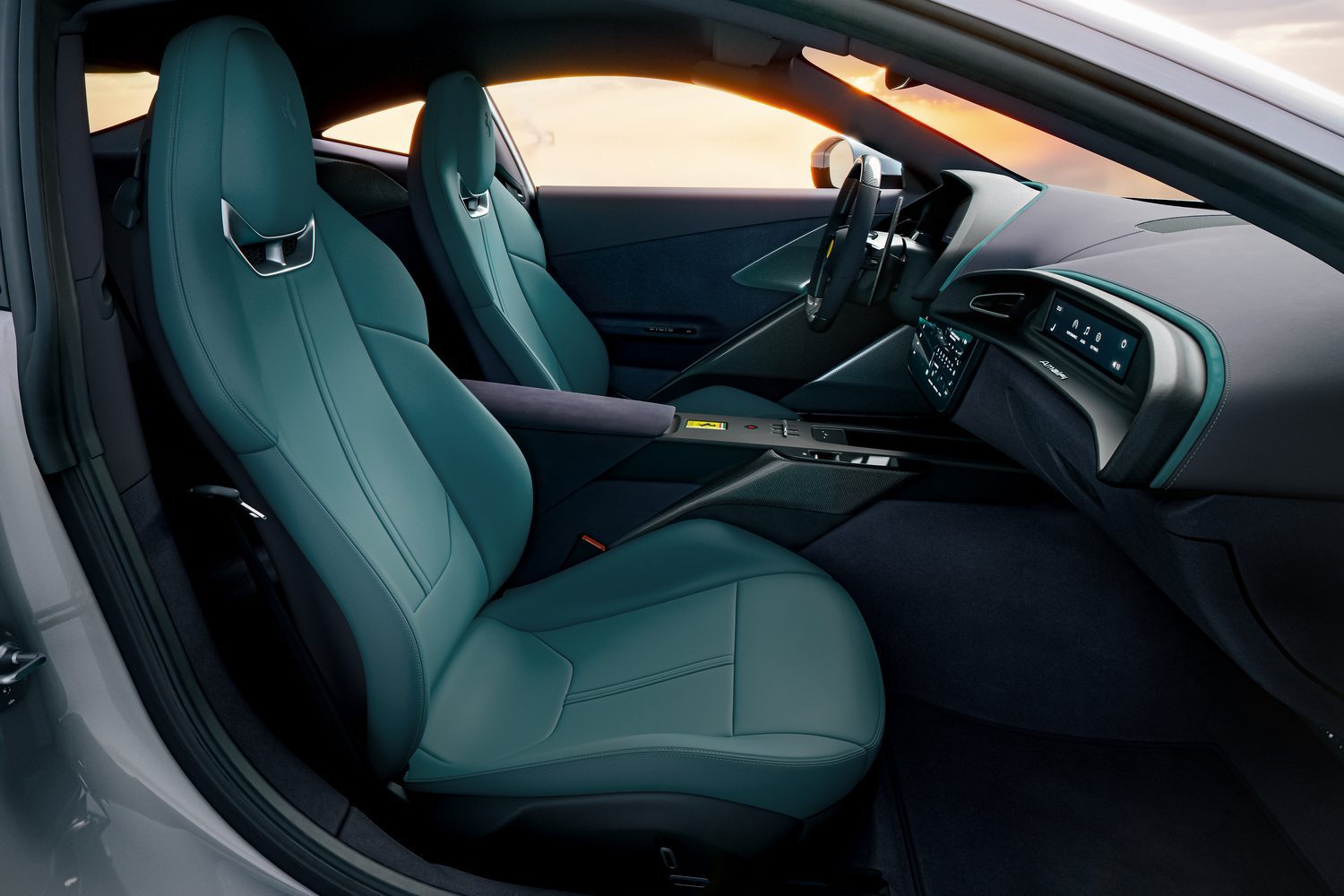
It does look a bit like the Ferrari Roma on the outside, doesn't it?
Undeniably, and Ferrari isn't ashamed of the association, as the Amalfi is an evolution of that successful car. However, it appears very few components have been carried over.
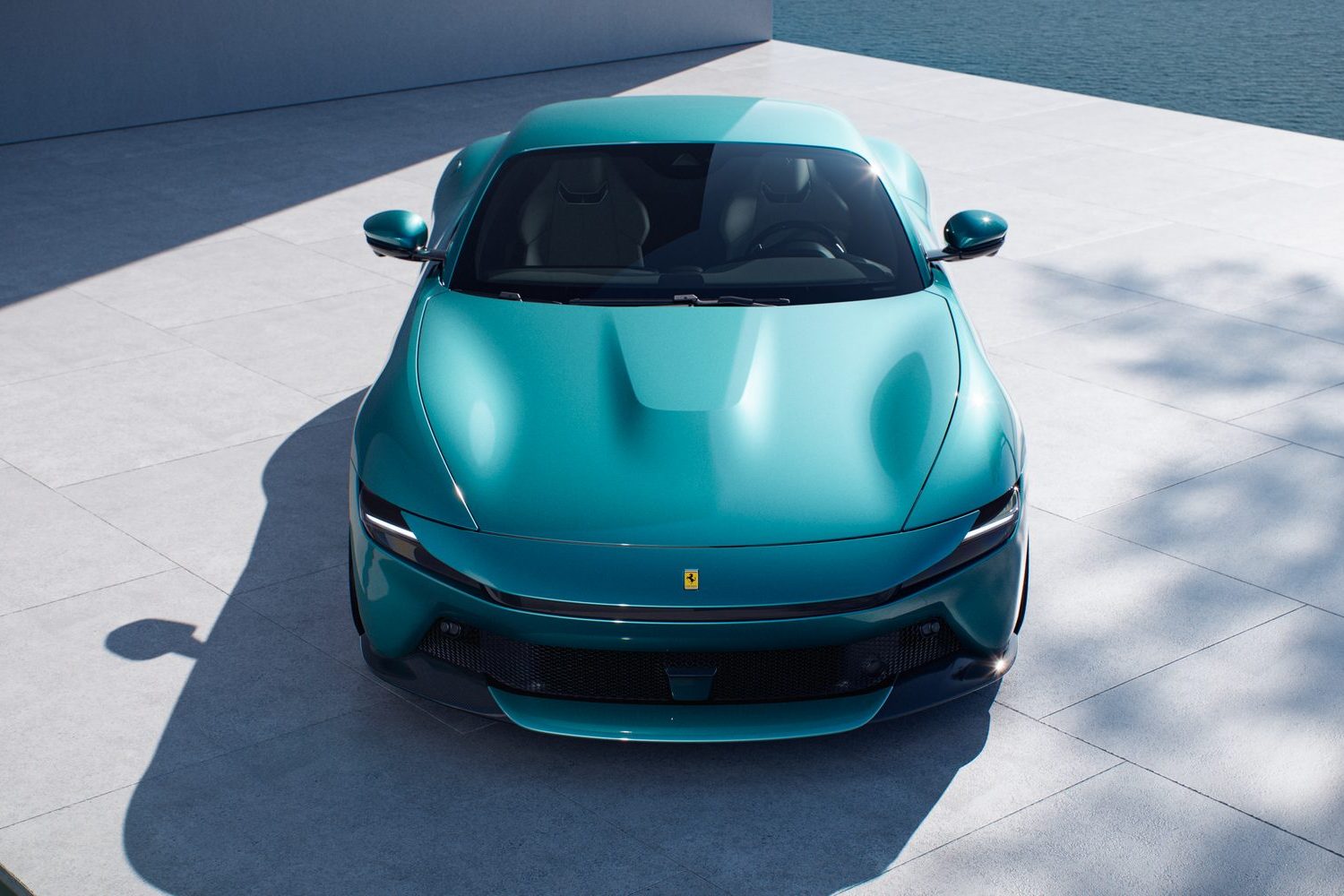
The entire front end is new, while maintaining the Roma's distinctive shark-nose profile. Peer closer and you'll spot that the technical-looking headlights have a cut-out above them. That's for aerodynamics purposes, helping channel air into the engine bay behind.
Most of the Amalfi's aerodynamic measures are hidden underneath, though it does get a three-position rear wing that deploys automatically. None of the images show it raised, unfortunately, but if you look at the bodywork shut lines around the pert rear end and new lights, you can probably deduce that it's quite a bit larger than the equivalent spoiler used on the Roma.
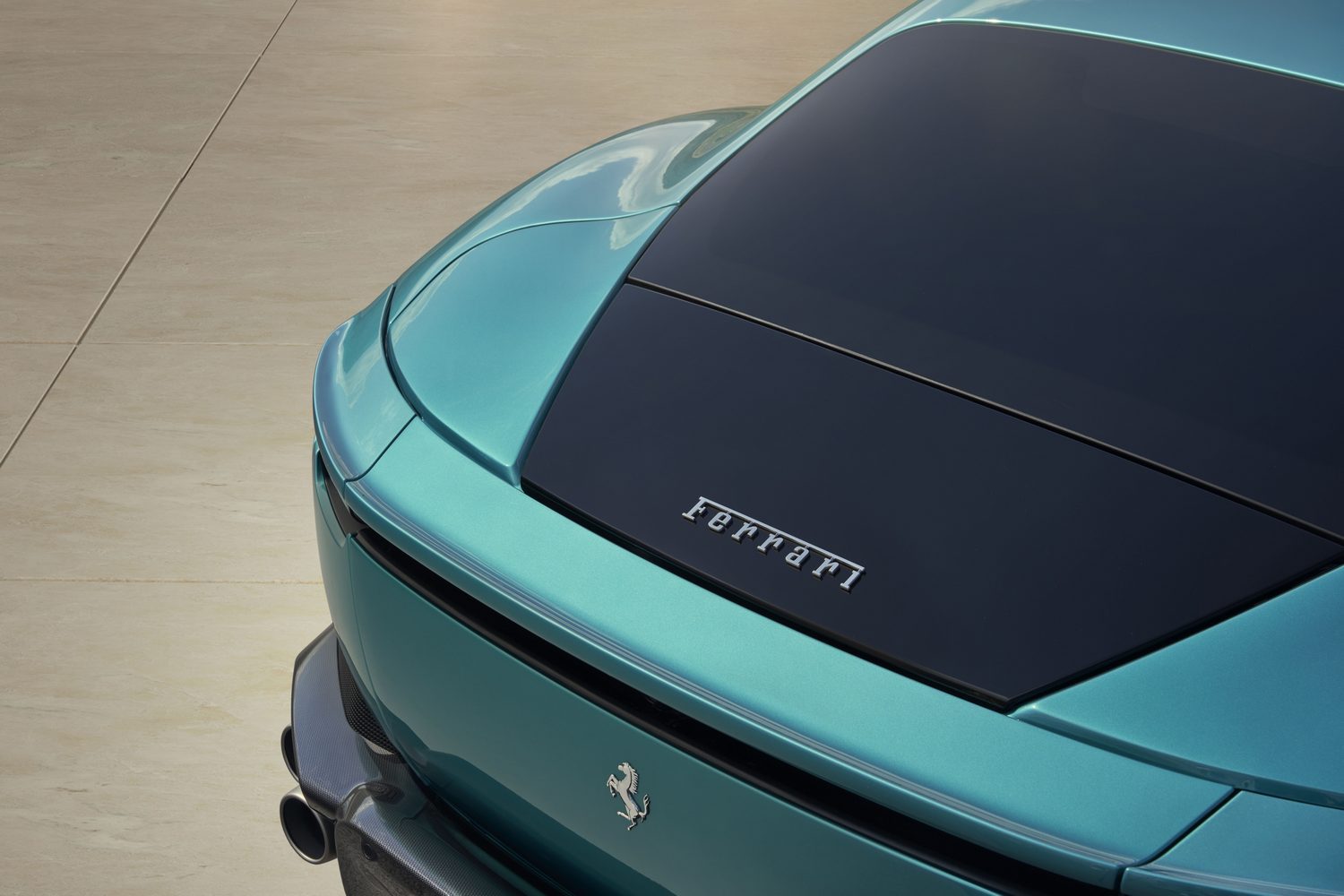
So what are your thoughts on the Amalfi?
We really liked the Ferrari Roma, especially its ability to consume long distances and tackle normal driving conditions with ease while still thrilling the driver when you feel the need. Everything points to the Amalfi carrying on that character, but with smoother styling inside and out, and possibly even a higher sense of quality and luxury. It also sounds like it might be even more capable of exciting the lucky so-and-so behind the wheel. In short: we can't wait to give it a go.

